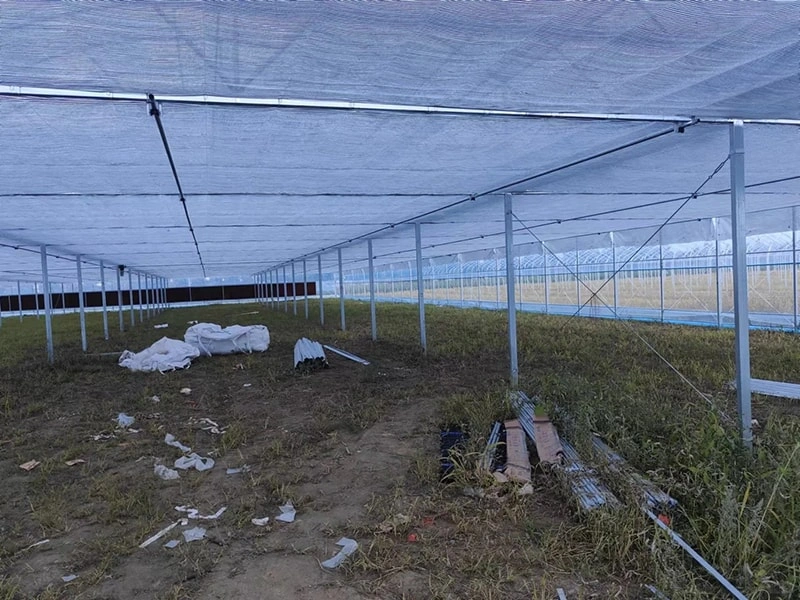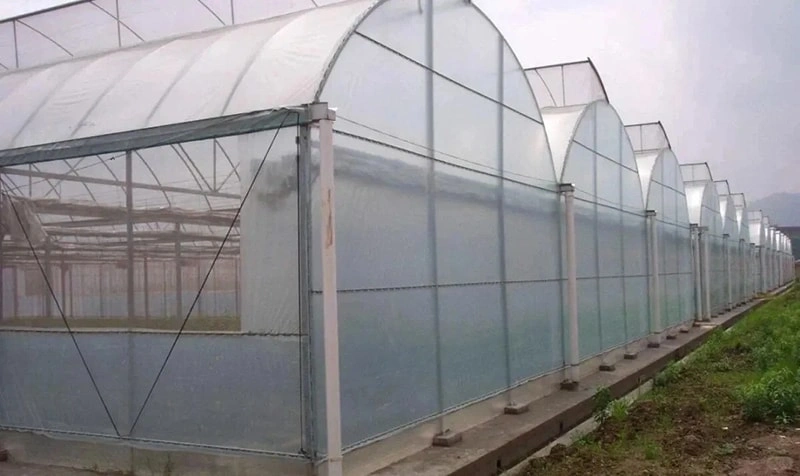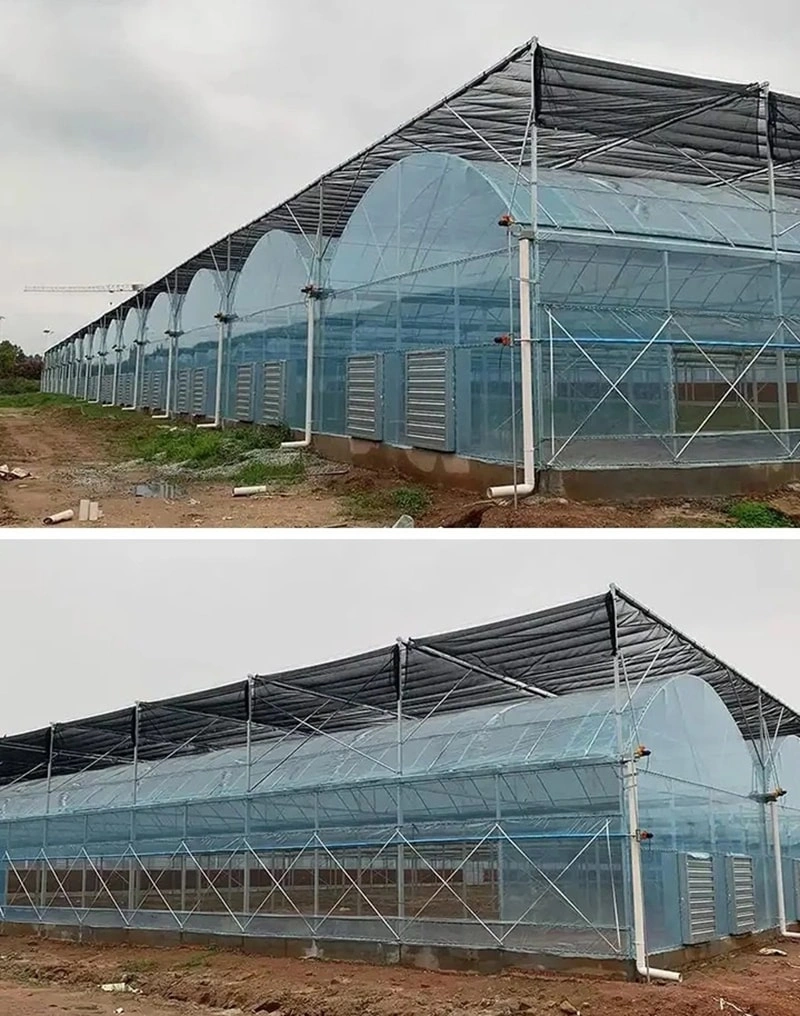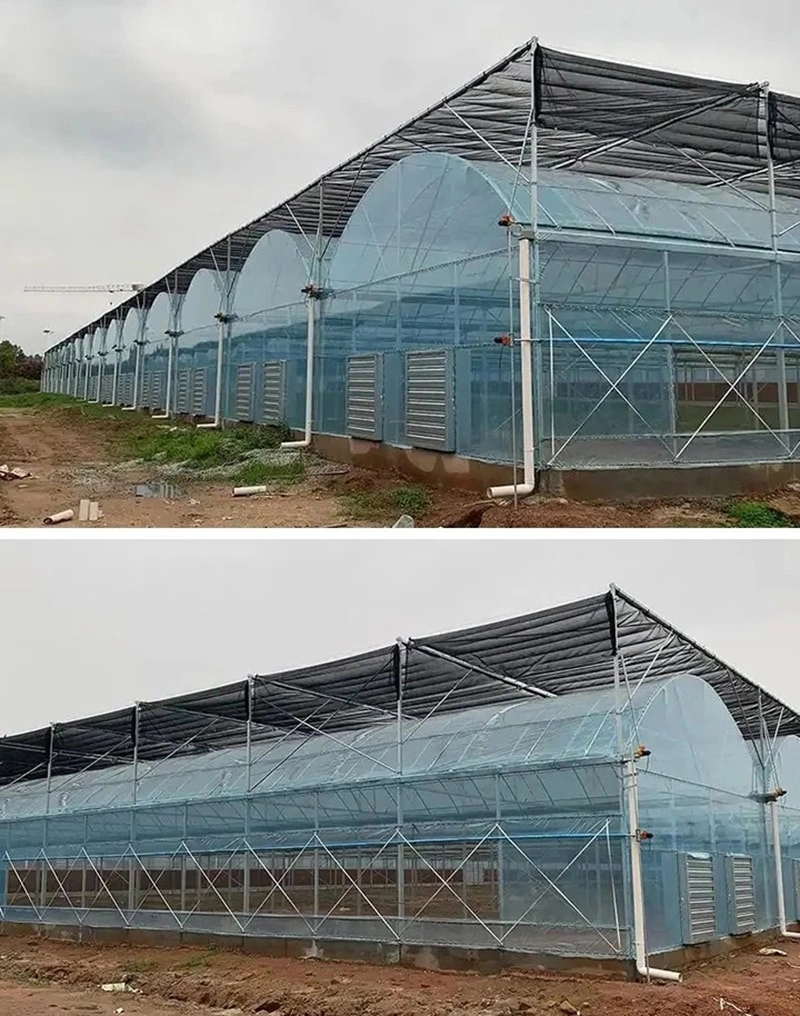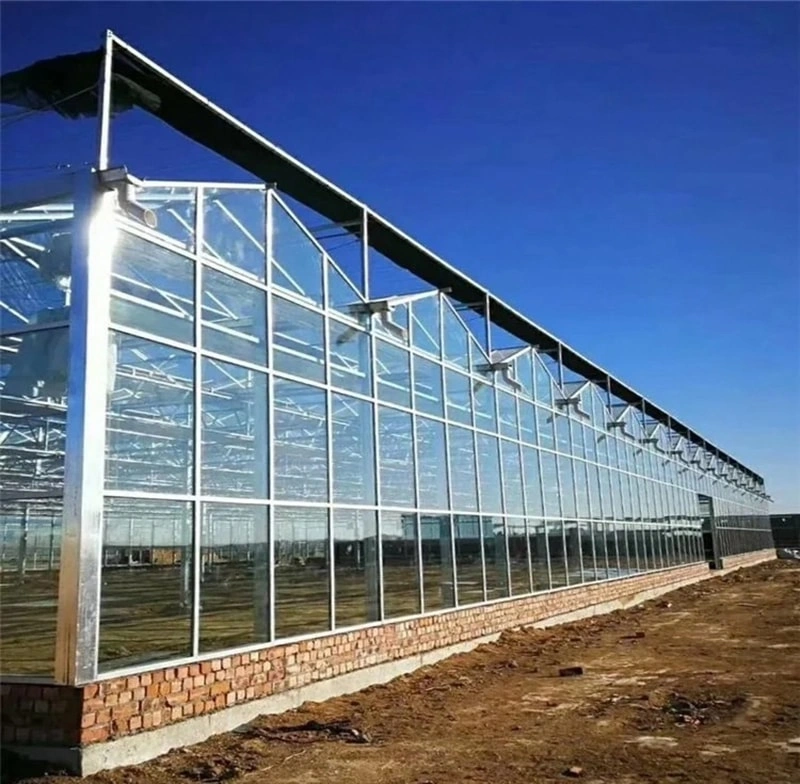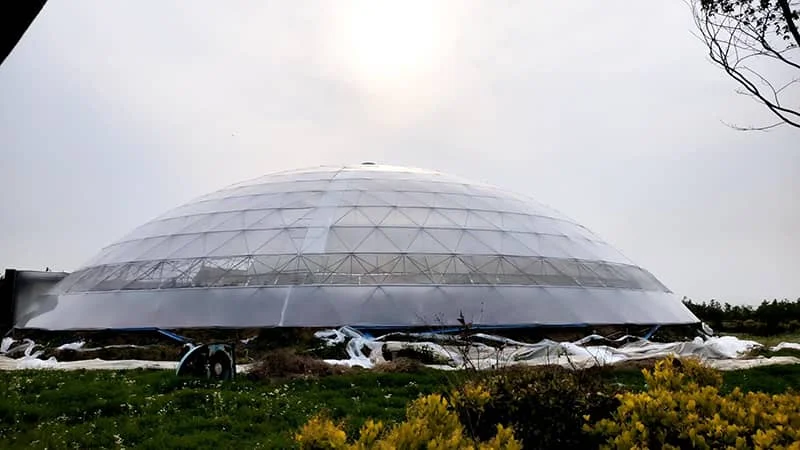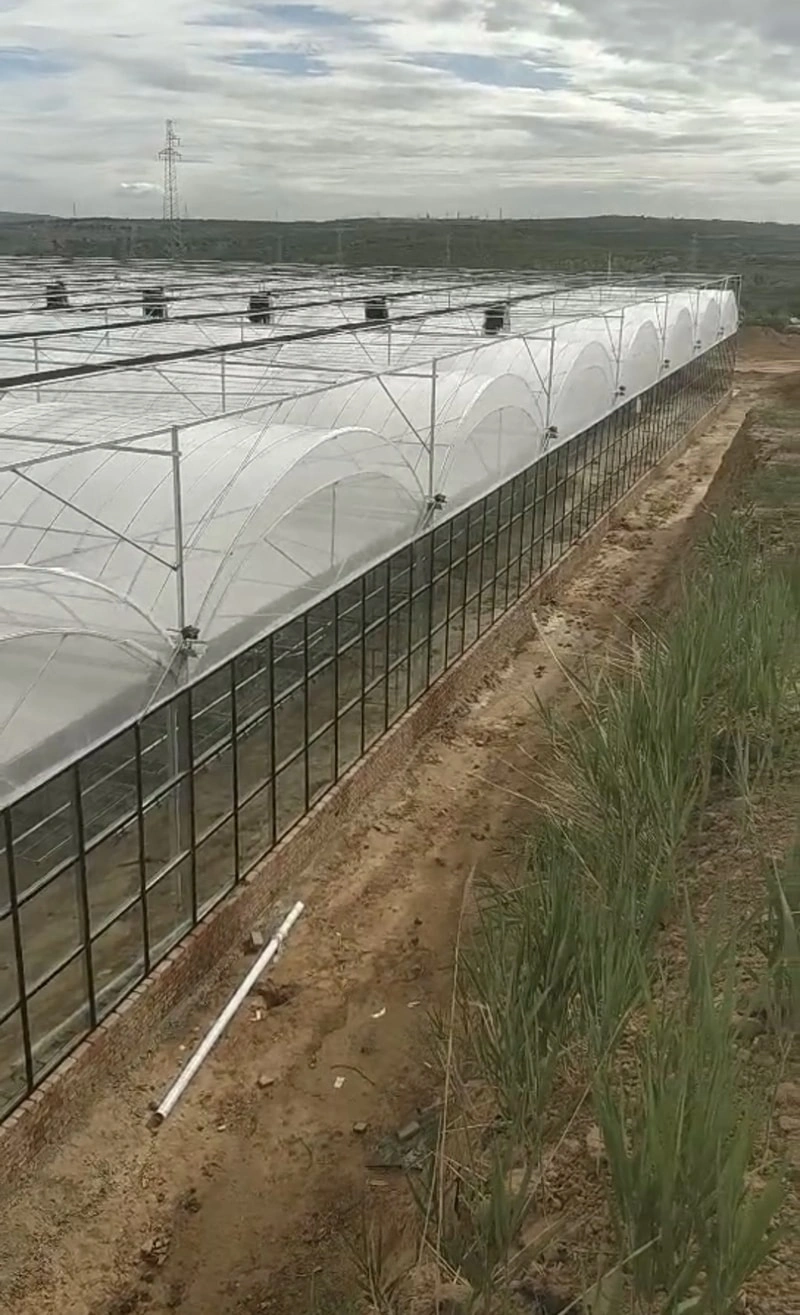South Korea’s Greenhouse Boom: High-Tech Expansion Driven by Innovative Builders
Seoul, South Korea – South Korea’s greenhouse farming sector is undergoing a high-tech transformation, fueled by advanced construction firms, government support, and growing demand for year-round fresh produce. As the country faces limited arable land and extreme seasonal weather, greenhouse builders are pioneering cutting-edge solutions to boost food security and agricultural efficiency.
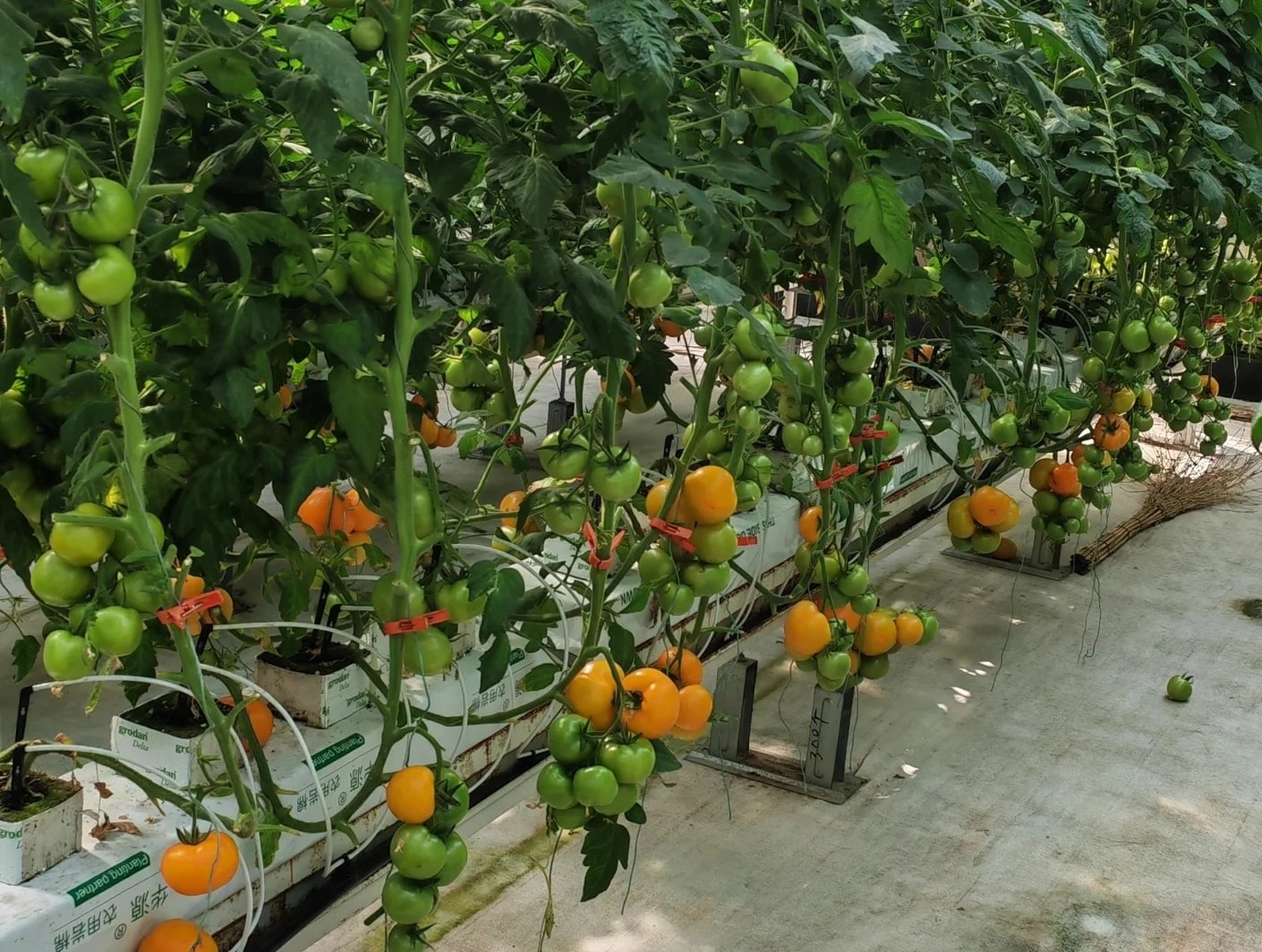
Government Backing for Smart Greenhouses
The South Korean government has prioritized controlled-environment agriculture (CEA) through initiatives like the Smart Farm Expansion Project (2020–2025), offering subsidies covering up to 80% of costs for automated greenhouses. The goal is to increase the share of smart farms to 50% of total agricultural production by 2030.
Key policies include:
Funding for AI-powered greenhouses integrating IoT sensors, automated irrigation, and LED lighting.
Tax incentives for greenhouse builders adopting renewable energy (solar panels, geothermal systems).
Leading Greenhouse Builders & Innovations
South Korea’s greenhouse construction companies are gaining global recognition for their energy-efficient designs and modular solutions. Notable players include:
Nongwoo Bio – Specializes in multi-span glass greenhouses with climate control systems, supplying (strawberry) farms in Gyeonggi Province.
Korea Greenhouse Co., Ltd. – Focuses on polycarbonate panel greenhouses for extreme winter resilience (e.g., -20°C in Gangwon Province).
SmartFarm Korea – Builds vertical farming greenhouses in urban areas (Seoul, Busan) using hydroponics and AI monitoring.
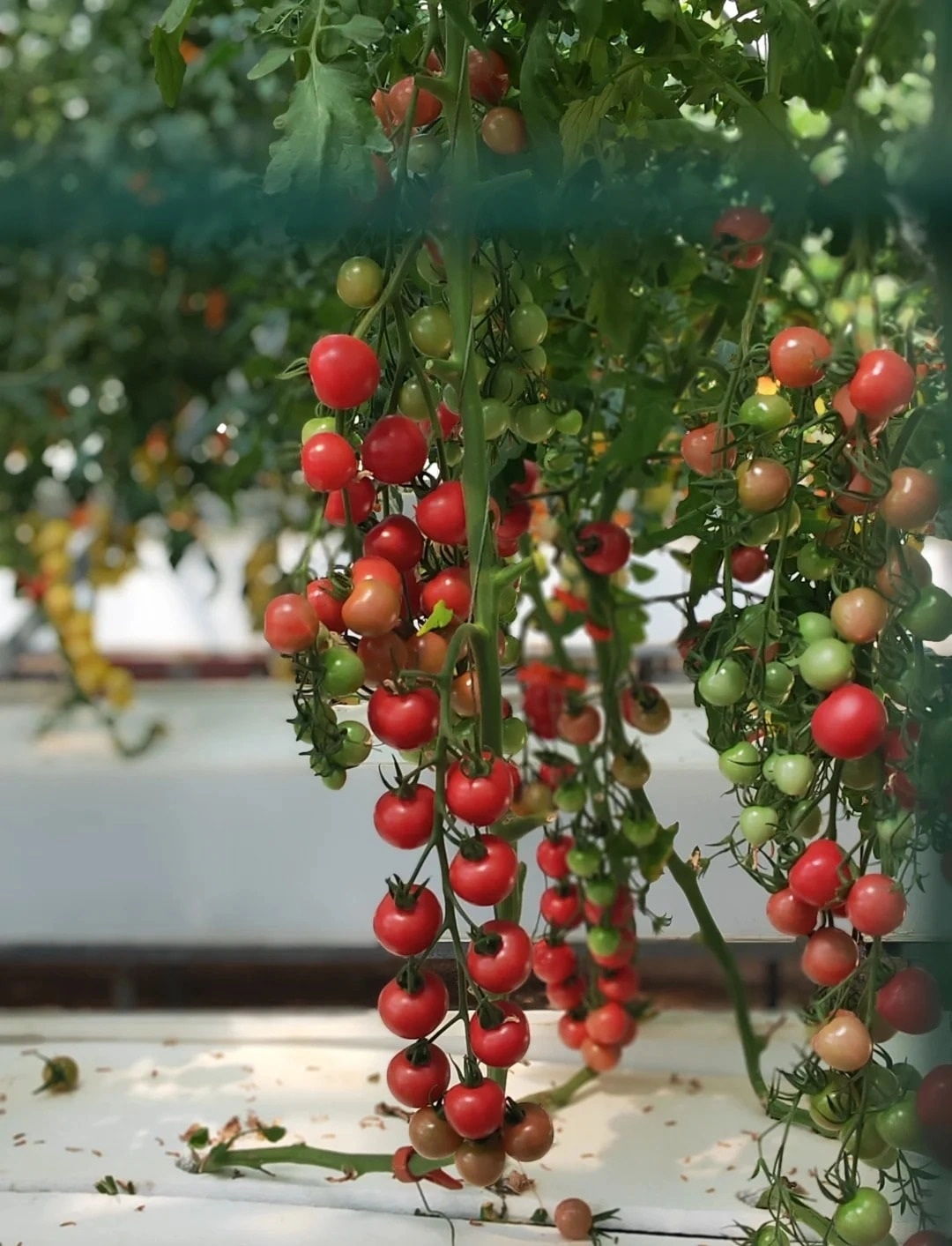
Technology Highlights:
AI Climate Control: Adjusts temperature/humidity via machine learning (e.g., reducing heating costs by 30%).
Solar-Integrated Roofs: Pilot projects in Jeju Island aim for net-zero energy greenhouses.
Market Demand & Export Ambitions
Domestic Need: Over 60% of winter vegetables are imported; greenhouses now produce tomatoes, cucumbers, and leafy greens year-round.
Export Growth: Korean-grown strawberries and ginseng (from high-tech greenhouses) are exported to Southeast Asia and the Middle East.
Challenges for Builders
High Initial Costs: A 1-hectare smart greenhouse requires $2–5 million upfront.
Labor Shortages: Automation adoption is critical due to aging farmer demographics.
Future Outlook
South Korea aims to become a global hub for greenhouse technology, with builders exporting turnkey solutions to Central Asia and the UAE. Innovations like semi-transparent solar greenhouses (developed by KAIST) could redefine sustainable farming.
Key Words:
Greenhouse builders / Smart farm / Controlled-environment agriculture (CEA)
Multi-span greenhouse / Polycarbonate panels / AI climate control
Vertical farming / Net-zero energy greenhous







